Bicaz Gorge - Red Lake - Piatra Neamt
Place of Start & Return
Iași, Chișinău
Start time
22:30
- Excursii
Country
Romania
Resort
Food type
Breakfast
Place of Start & Return
Iași, Chișinău
Start time
22:30
Country
Romania
Resort
Food type
Breakfast
Discover the Natural and Cultural Beauty of Romania and Moldova. From the Hășmaș Mountains and Bicaz Gorges to the historic monasteries and medieval fortresses, each day of this journey promises unforgettable moments.
We depart from Chișinău and visit extraordinary destinations: Bicaz Gorges, Red Lake, Piatra Neamț, and the famous monasteries of the region. Throughout the trip, you'll learn about nature, local history, and authentic traditions.
Departure Location and Time
Chișinău, Str. Circului 33, 10:30 PM
Included in the Price
Not Included in the Price
Additional Services
Itinerary
Day 1: Chișinău – Iași – Bicaz Gorges
Meeting with the tour guide at 10:00 PM in the parking lot of the Chișinău Circus. Departure at 10:30 PM on the route: Chișinău – Iași – Bicaz Gorges.
The Bicaz Gorges, a renowned tourist attraction, are famous for their imposing rocks and spectacular landscapes. These gorges were formed through the erosion of Jurassic limestone and offer impressive views of the Bicaz River and the stone walls, sometimes hiding caves and ravines. The road through the Bicaz Gorges is considered one of the most spectacular in Romania.
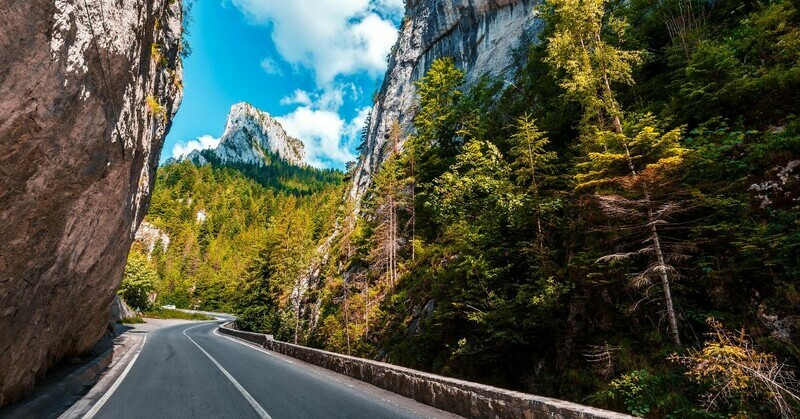
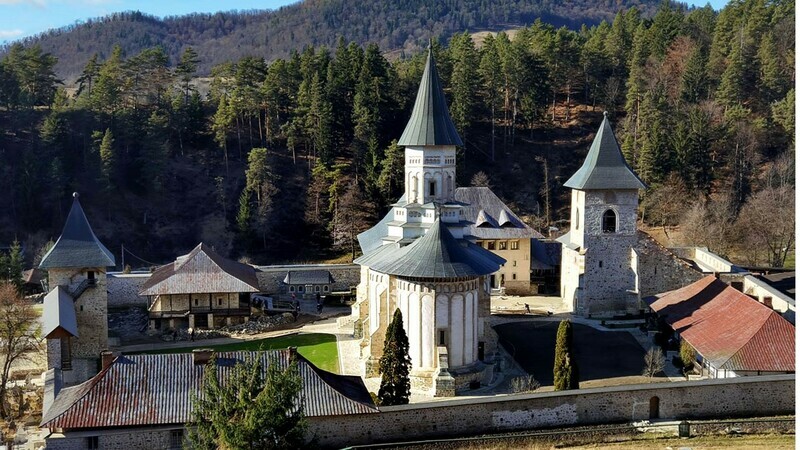
Day 2: Piatra Neamț – Bistrița Monastery – Ștefan Cel Mare Complex – Red Lake – Bicaz Dam
On this day, we will visit Piatra Neamț, a picturesque town set in a stunning natural environment. From here, we will visit Bistrița Monastery, a monastic establishment with over 600 years of history, founded by Alexandru cel Bun, which was renovated and expanded by the rulers of Moldova, including Ștefan cel Mare. Nearby, we will visit the Ștefan Cel Mare Complex, a reminder of the old medieval fortress.
We will also explore Red Lake, a natural dam lake formed after a landslide, where we can admire the unique landscape. Bicaz Gorges, with their imposing cliffs and exceptional scenery, will again be a major highlight of the day.
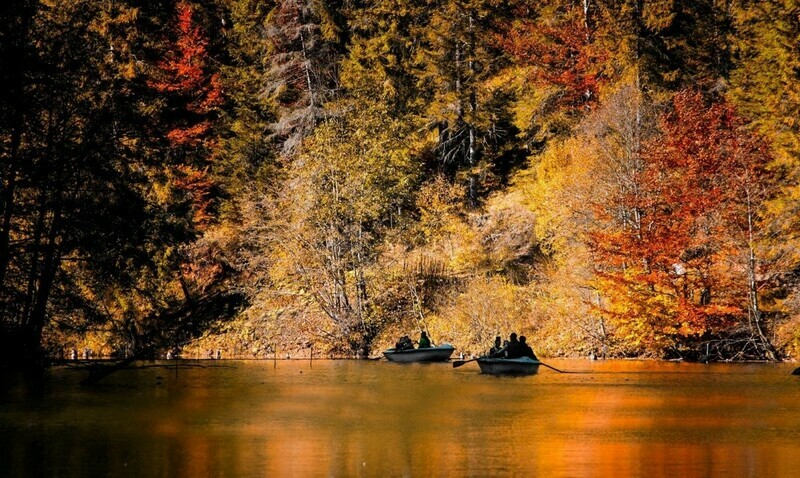
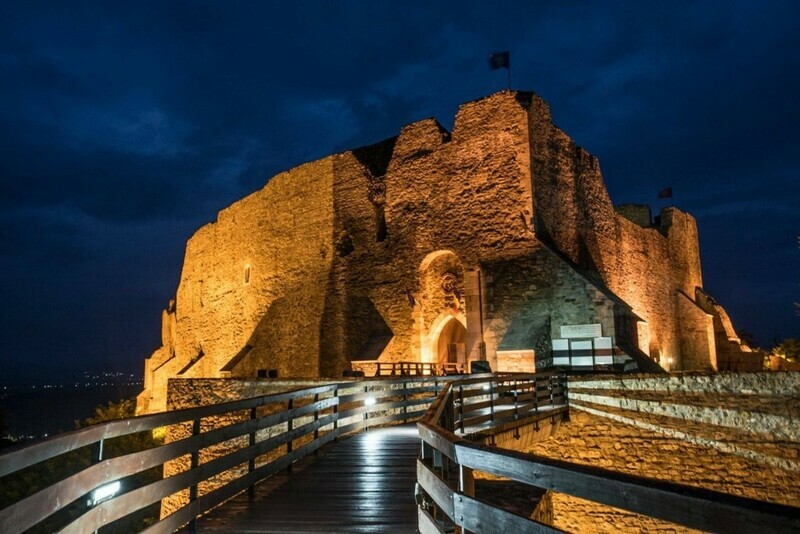
Day 3: Agapia Monastery – Văratec Monastery – Zimbrăria – Neamț Monastery – Ion Creangă Memorial House – Neamț Fortress
Breakfast.
The day will begin with a visit to Agapia Monastery, a place of worship with a tradition of over 400 years, where you will feel the peace and spirituality of the place. We will continue with Văratec Monastery, one of the largest monasteries for nuns in Romania, which houses an impressive collection of icons and religious objects.
We will make a stop at Zimbrăria Neamț, a bison protection project where tourists can observe these animals in their natural habitat. Then, we will visit Neamț Monastery, an important monastic center in Moldova, with a history dating back to the 14th century.
Finally, we will conclude the tour with a visit to the Ion Creangă Memorial House in Humulești, where the famous author spent his childhood and youth, and we will explore Neamț Fortress, a medieval fortification on a hill that offers a spectacular panorama of the region. It was built in the 14th century by Petru I and expanded by Ștefan cel Mare.
Day 4: Arrival in Chișinău
Arrival in Chișinău at night, depending on weather conditions, traffic, and customs procedures.
Important Note:
If the client is alone and has not paid for a single room, they will be assigned to a room with another tourist or tourists. If, by the day of departure, the travel agency does not have other clients who are also traveling alone and have paid for the standard price, the client will be required to pay an additional fee for a single room.
ATTENTION!!!
The program may be modified without prior notice, depending on weather conditions, arrival time, possible traffic jams, or customs delays.
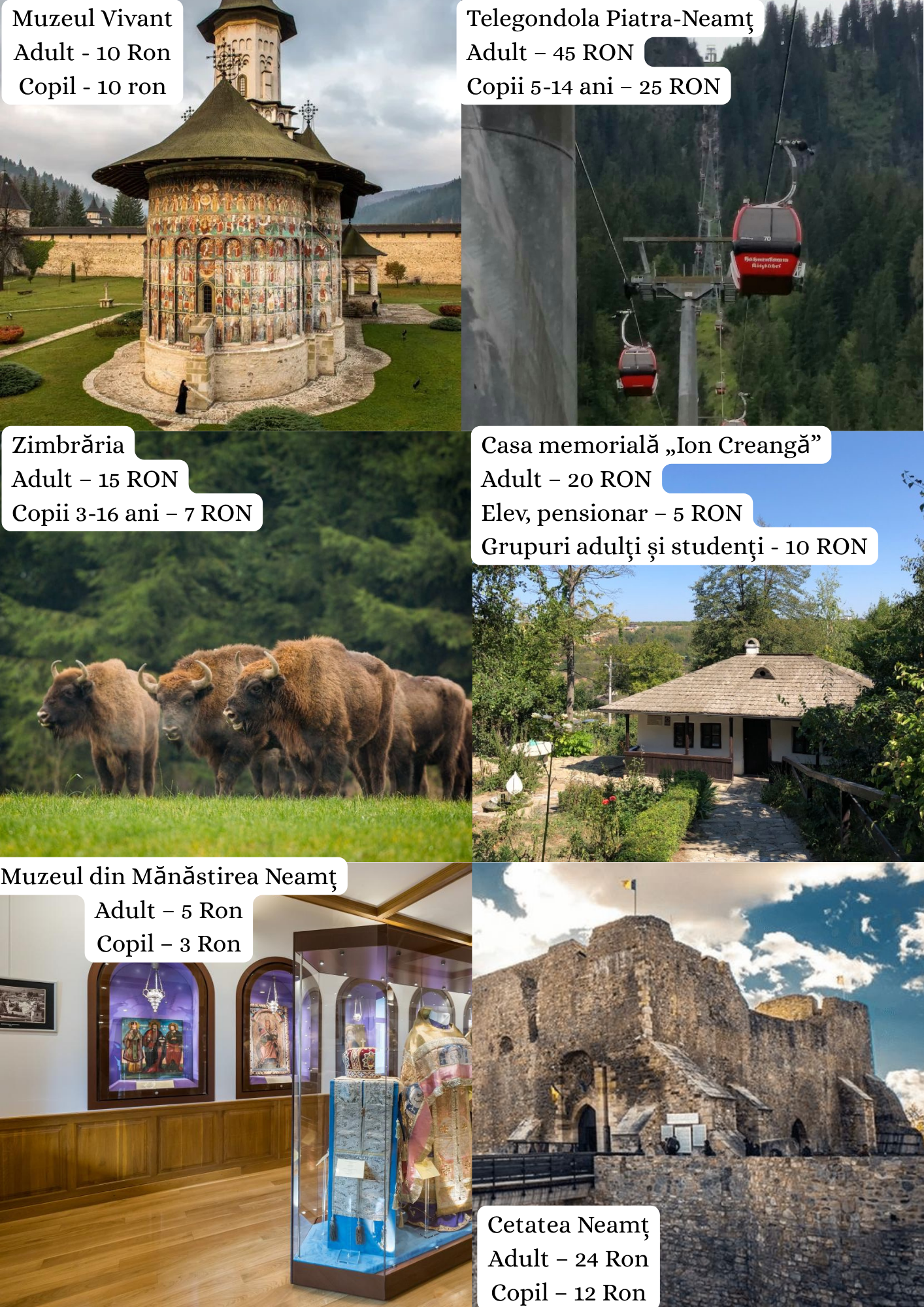
Preț intrări obiective
Muzeul Vivant:
Telegondola Piatra-Neamț
Adult – 45 RON
Copii 0-5 ani – gratuit
Copii 5-14 ani – 25 RON
Persoanele cu dizabilități – gratuit
sursa: http://www.cozlaparc.ro/
Zimbrăria
Adult – 15 RON
Copii 3-16 ani – 7 RON
sursa: http://www.365romania.ro/
Casa memorială „Ion Creangă”
Adult – 20 RON
Elev, pensionar – 5 RON
Grupuri adulți și studenți - 10 RON
sursa: http://mmich.muzeu-neamt.ro/
Plimbarea cu vaporul
Adult – 25 RON
Copil – 15 RON
sursa: http://bicazlac.ro/
Cetatea Neamț
Adult – 24 Ron
Copil – 12 Ron
sursa: http://www.travel-romania.info/
Muzeul din Mănăstirea Neamț
Adult – 5 Ron
Copil – 3 Ron
*Prețurile sunt luate din internet și Panda Tur nu poartă răspundere pentru corectitudinea lor sau eventualele schimbări